Cupra Terramar VZ Review: A Case Of Unfulfilled Potential
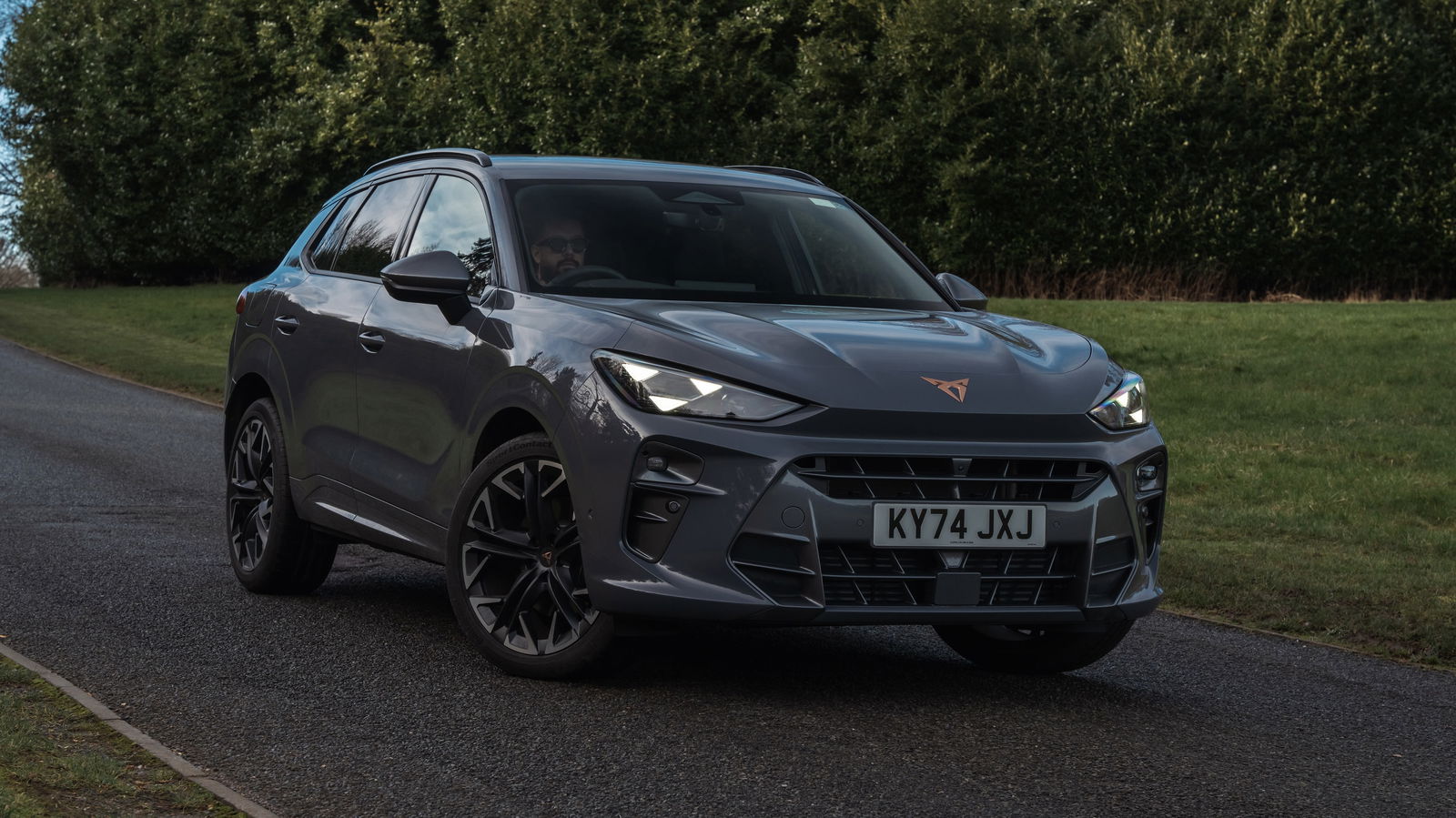
Pros
- Excellent daily credentialsGood value for money
Cons
- Doesn’t deliver a drive to match its sporty attitudeOccasionally irritating infotainment
Mid-sized crossover SUVs are literally everywhere. Seriously, stop reading this for a second, go look outside, and you’ll almost certainly see one. And once you’ve done that, come back, and try to tell me with any kind of detail what it looked like. Tricky, right?
You probably won’t have that problem with the Cupra Terramar. Its silhouette may echo that of its close relatives, the VW Tiguan and Skoda Kodiaq, and by extension pretty much every other car of this ilk, but with Cupra’s sharkish new corporate front end, it brings a visual swagger that not many rivals can match.
But does it stand out in any other way? Cupra is pitched as VW’s sporty, lifestylish arm, so this should be a sporty, lifestylish car, especially this Terramar VZ1 with the top 2.0-litre TSI powertrain. It gets many gratuitous copper accents, the group’s excellent Dynamic Chassis Control variable dampers, a pair of big, chunky bucket seats and some mad-looking 19-inch wheels.
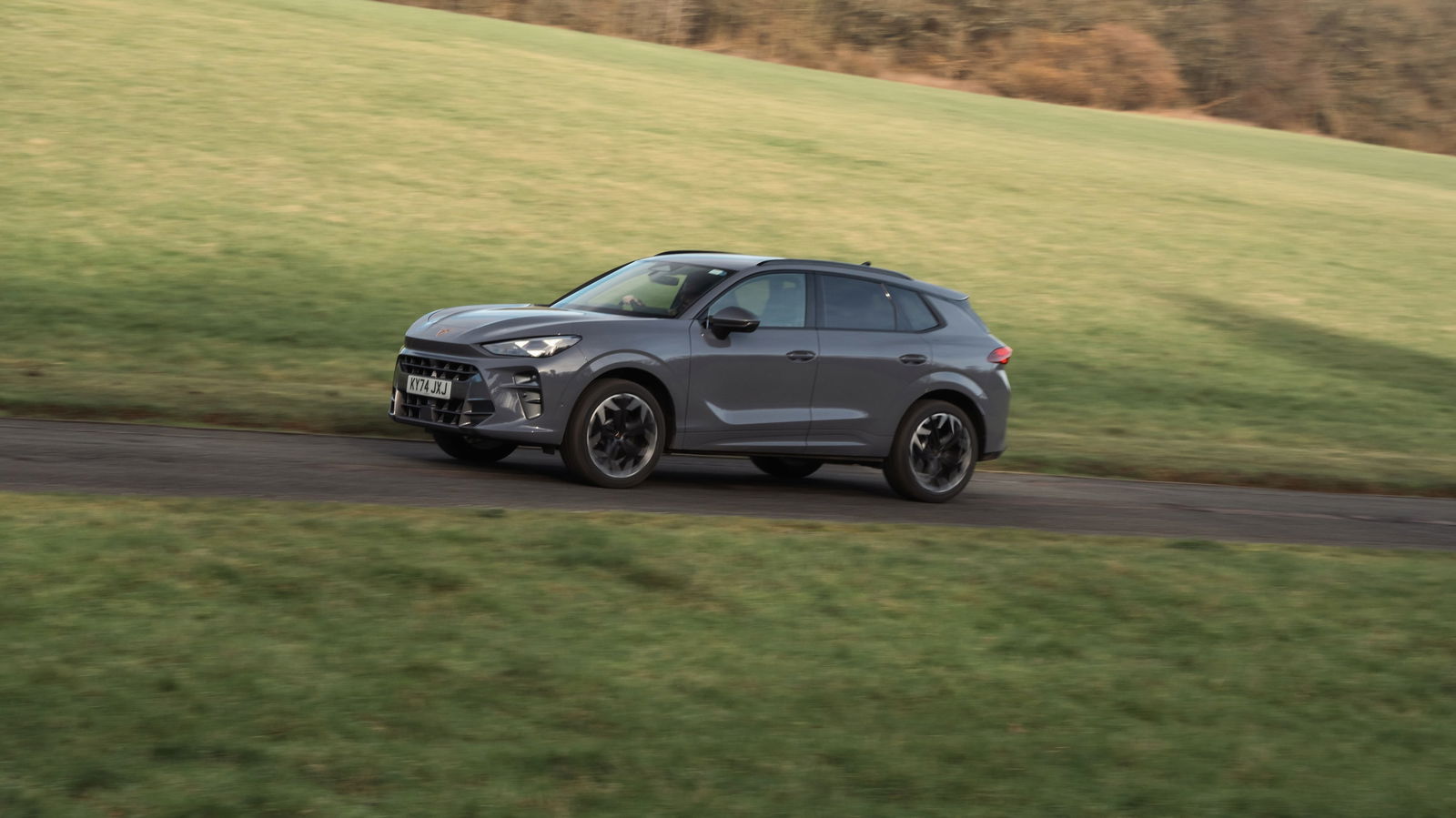
That all points to it being quite the sporty thing, which is why it’s a little disappointing to find out that the powertrain is shared with several other lightly spicy VAG products. It’s the company’s venerable EA888 2.0-litre turbocharged four-cylinder in 261bhp, 295lb ft guise (the same as you get in a base Golf GTI), paired with all-wheel drive and a seven-speed dual-clutch gearbox. You’ll find the same setup in the Kodiaq vRS and as an option on top-spec Tiguans.
There’s nothing fundamentally wrong with this setup – in fact, when we tried it in the Skoda Superb, we found it very pleasant. The engine is responsive and pulls well throughout the rev range, the gearbox is slick and unintrusive, and the all-wheel drive helps keep things grippy and neutral in corners.
It’s just a shame that, for what’s ostensibly the sportiest car among its siblings, Cupra wasn’t able to raid the VW parts bin for the full 328bhp, torque-splitting Golf R drivetrain like it did for the smaller Formentor.
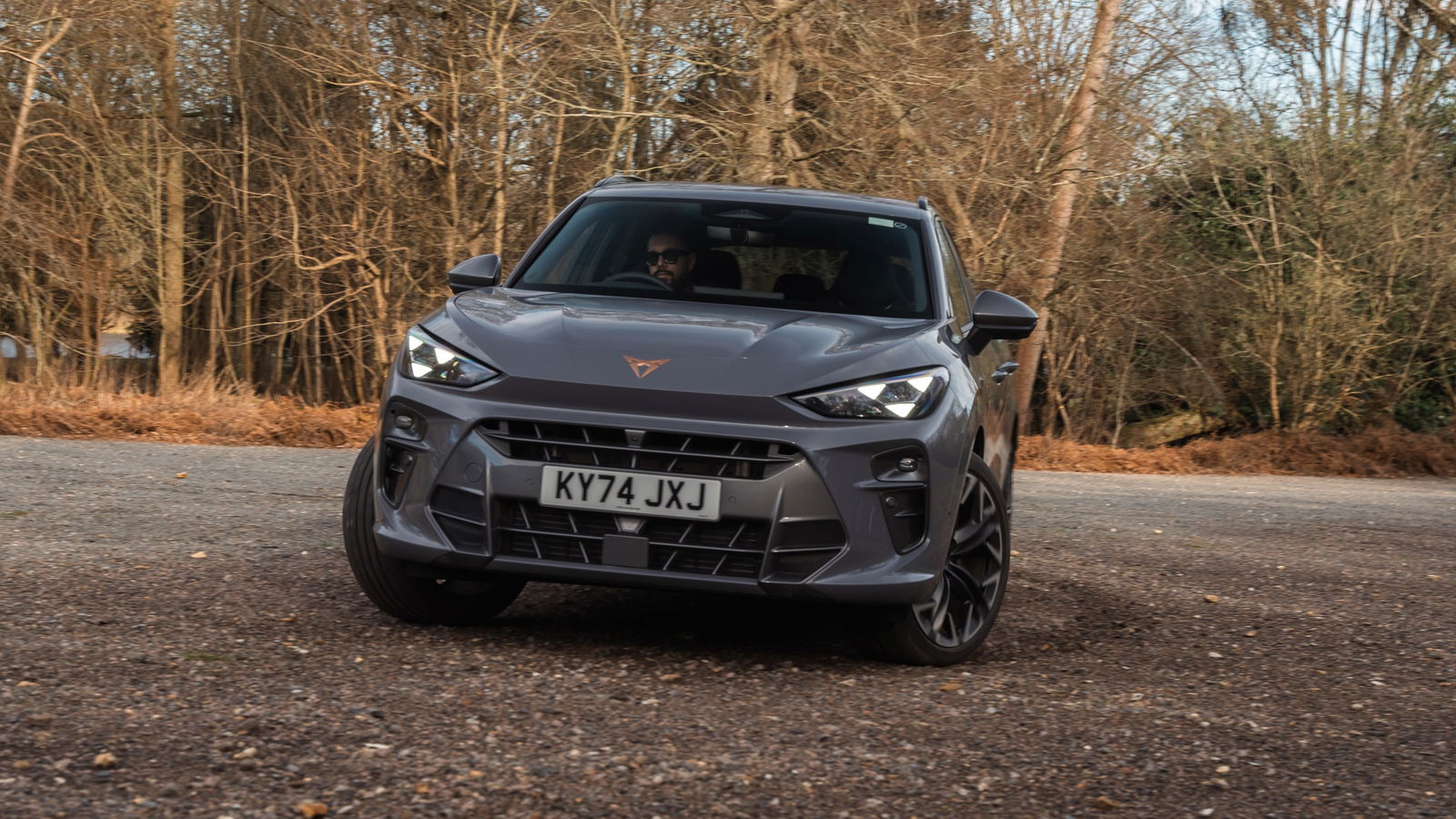
Maybe there are technical limitations, maybe financial ones, or maybe it’s some internal VAG politicking, but it nevertheless leaves the Terramar with a sense of unfulfilled potential. 0-62mph takes a quoted 5.9 seconds, and it tops out at 151mph – respectable numbers, but there’s a sense there could be more to give.
Maybe it will eventually get a hotter powertrain, but until that happens, all the sporty schtick is writing cheques the actual performance can’t quite cash. It doesn’t help that the similarly sized but much older Ateca comes with a 296bhp option that’ll beat the Terramar to 62mph by a full second.
Settle into those superb bucket seats and find that there’s a little button attached to the steering wheel for quickly switching into Sport mode, then Cupra mode. These progressively sharpen up the throttle, weight up the steering, firm up the chassis and pipe in a whole lot more burbling fakery.
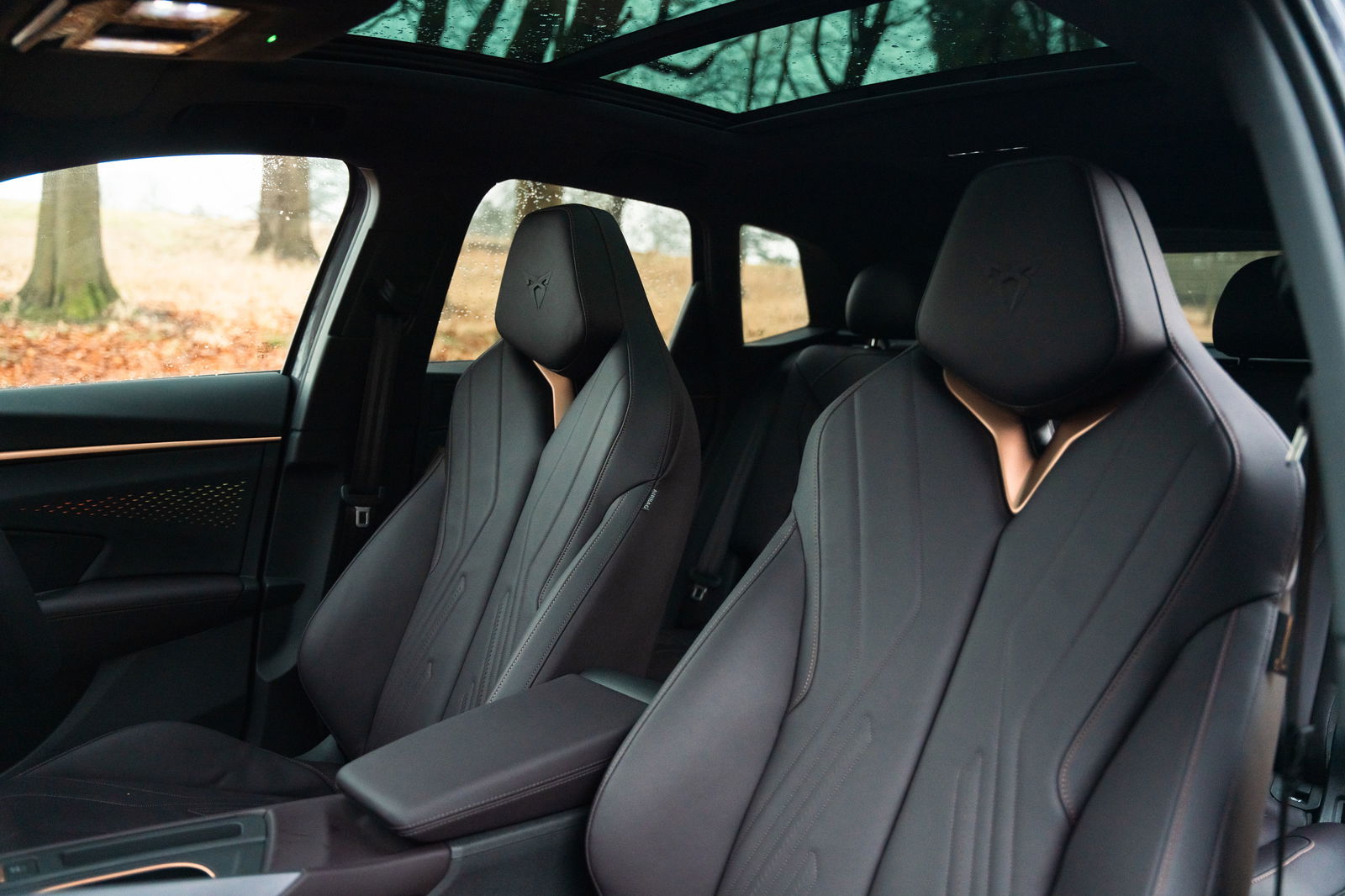
(There’s also an individual mode, for which Car Journalism Rule 357 applies: leave everything in its hottest mode, except the dampers, which should stay on the softer side. Thus set, they do a phenomenal job of keeping things smooth and composed.)
But try to drive it like this suggests you should, and you’ll only come away disappointed. The steering, though perfectly accurate, feels numb and doesn’t give you much confidence to thread the Terramar through corners. Ditto the brake pedal, which offers up little feel and not much initial bite. It can’t ever hide the fact that it’s a tall, heavy-ish car when you drive quickly, either – understeer always feels just a greedy throttle input away.
In fact, because it’s taller and heavier, it all adds up to a car that’s less satisfying to drive than an identically-powered but less overtly sporty Skoda Superb, and it feels a bit at odds with the way the Terramar presents itself. It’s unfair to judge it entirely on this, though. After all, lots of people just want a practical family crossover that happens to look a bit like an angry shark, not necessarily go like one. There’s a one-two punch of good news for those people.
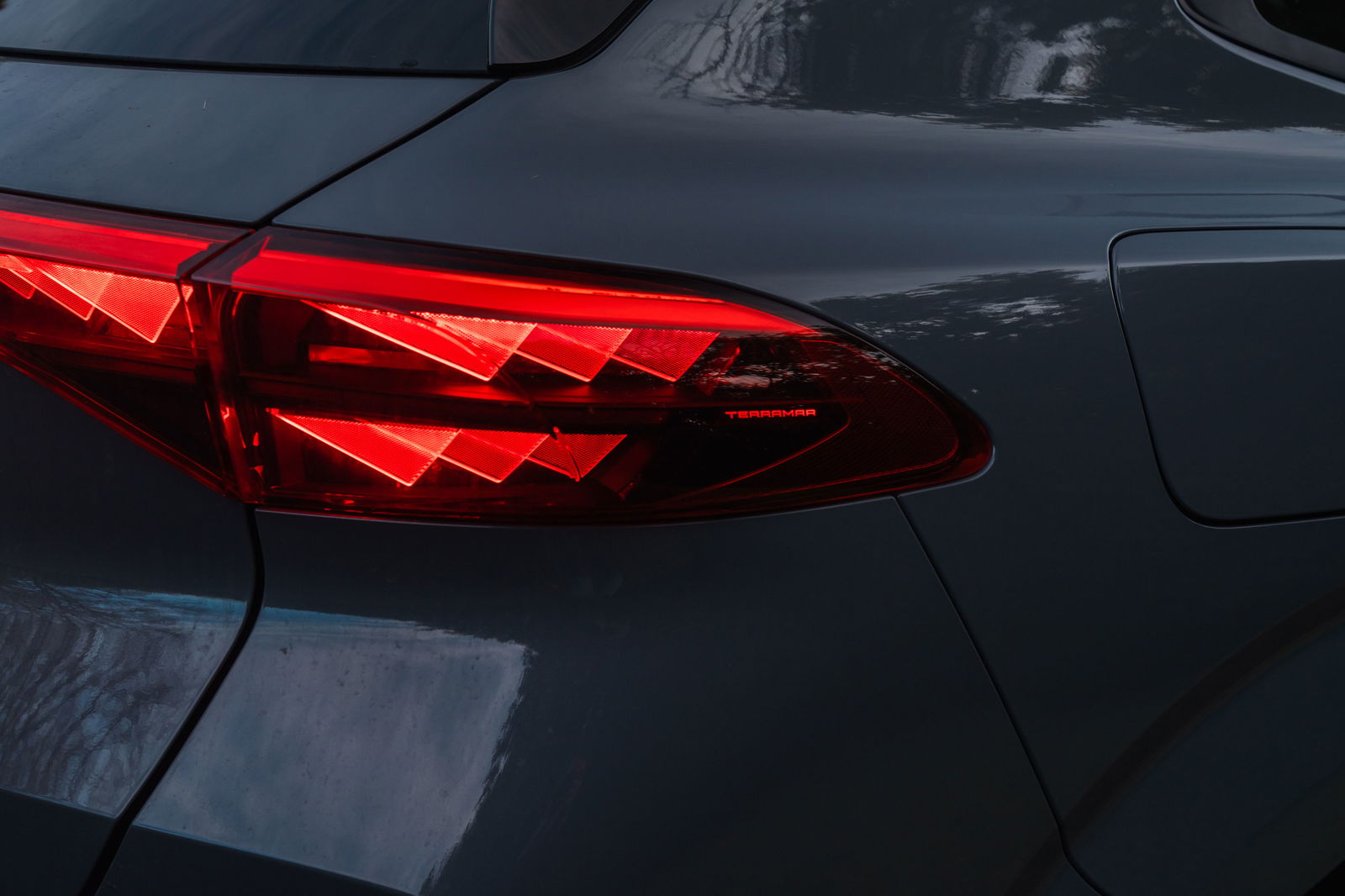
Firstly, the Terramar comes with various lesser powertrains, and secondly, even with this top one, it’s still really good at the boring stuff. The two-valve DCC dampers are as good when pottering around town as they are along a twisty country road. Cupra deserves credit for resisting the urge to stick massive, ride-ruining rims on it too.
When you’re just cruising about, it’s as utterly calm and effortless as anything else using this setup in the VAG stable, and it’ll comfortably crack MPG in the low-to-mid 30s – not bad for a pure petrol SUV.
Inside, I’m not sure Cupra’s swoopy, organic design direction works as well here as it does in smaller cars like the Born, but everything feels solid and pleasant to the touch. The seats really are wonderful too, and there’s plenty of room.
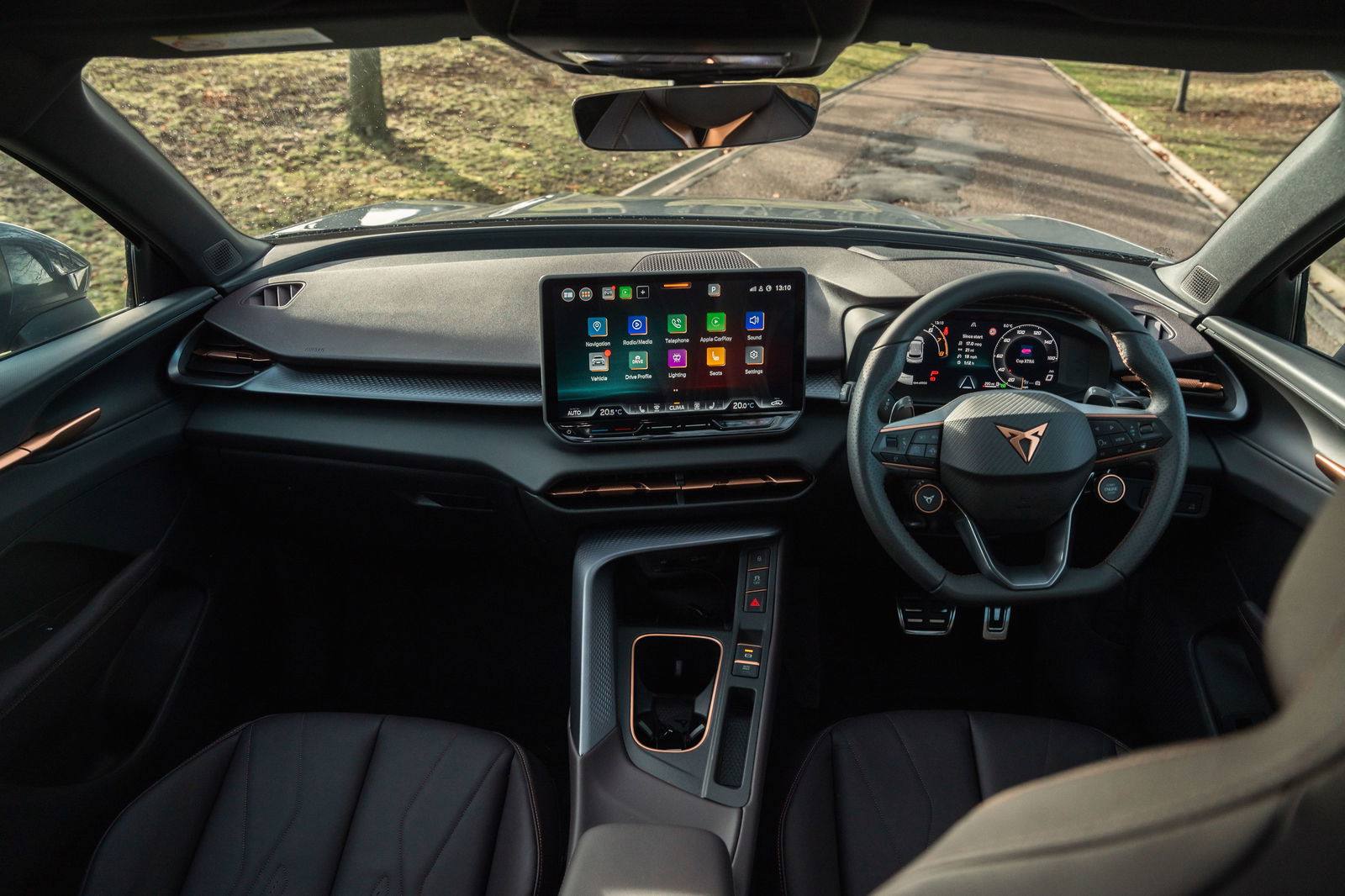
It’s not irritation-free, though. VW’s infotainment system has been much improved lately, but it’s still harder to navigate than rivals’. And while the column-mounted gear shifter is one of the better executions of such a setup, it does force all the light and wiper controls onto a single, cluttered stalk on the left. Oh, and hope you like copper – it’s like sitting in a high-end cookware shop in here.
As is so often the case, VW’s sharing-is-caring attitude to powertrains and platforms means the Terramar’s biggest rivals are also its closest relatives. To get this top powertrain, you need either this VZ1 trim, starting at £46,745, the slightly more kitted-out VZ2 (from £49,395) or the vaguely boat-themed America’s Cup limited edition (£51,900).
Admirably, that entry point is less than both the identically propelled Tiguan R-Line and Kodiaq vRS (although the Skoda brings seven seats to the table). That alone makes it worth a look if you’re after a quick-ish family hauler, especially because outside of the VAG stable, there isn’t really much else to compare the full-fat 261bhp Terramar to.
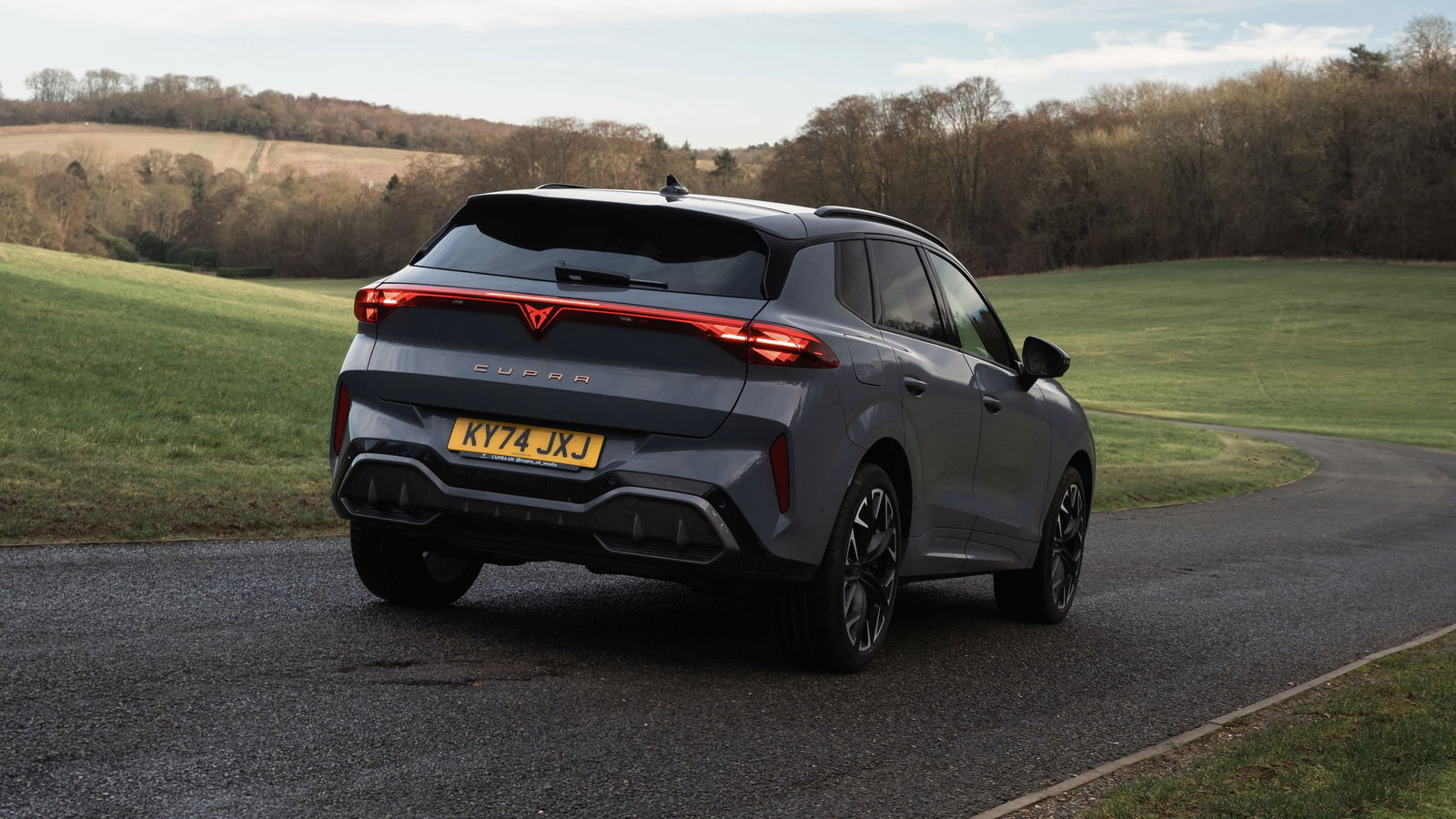
The lesser versions, consisting of a lower-powered AWD petrol, a FWD mild hybrid and a couple of PHEVs, face a much bigger pool of rivals, and frankly, we’d rather attend a three-hour lecture on the manufacturing process of lard than try and compare them all. They’re all fine.
The top-spec Terramar is fine, too – you just can’t quite escape the sense that it could do more to stand out. It looks good, it’s a great daily, and it’s pretty impressive value, but it never quite delivers on all the promises its various sporty bells and whistles are making. As a result, it comes a little too close to fading into the background like all those other mid-sized crossovers.
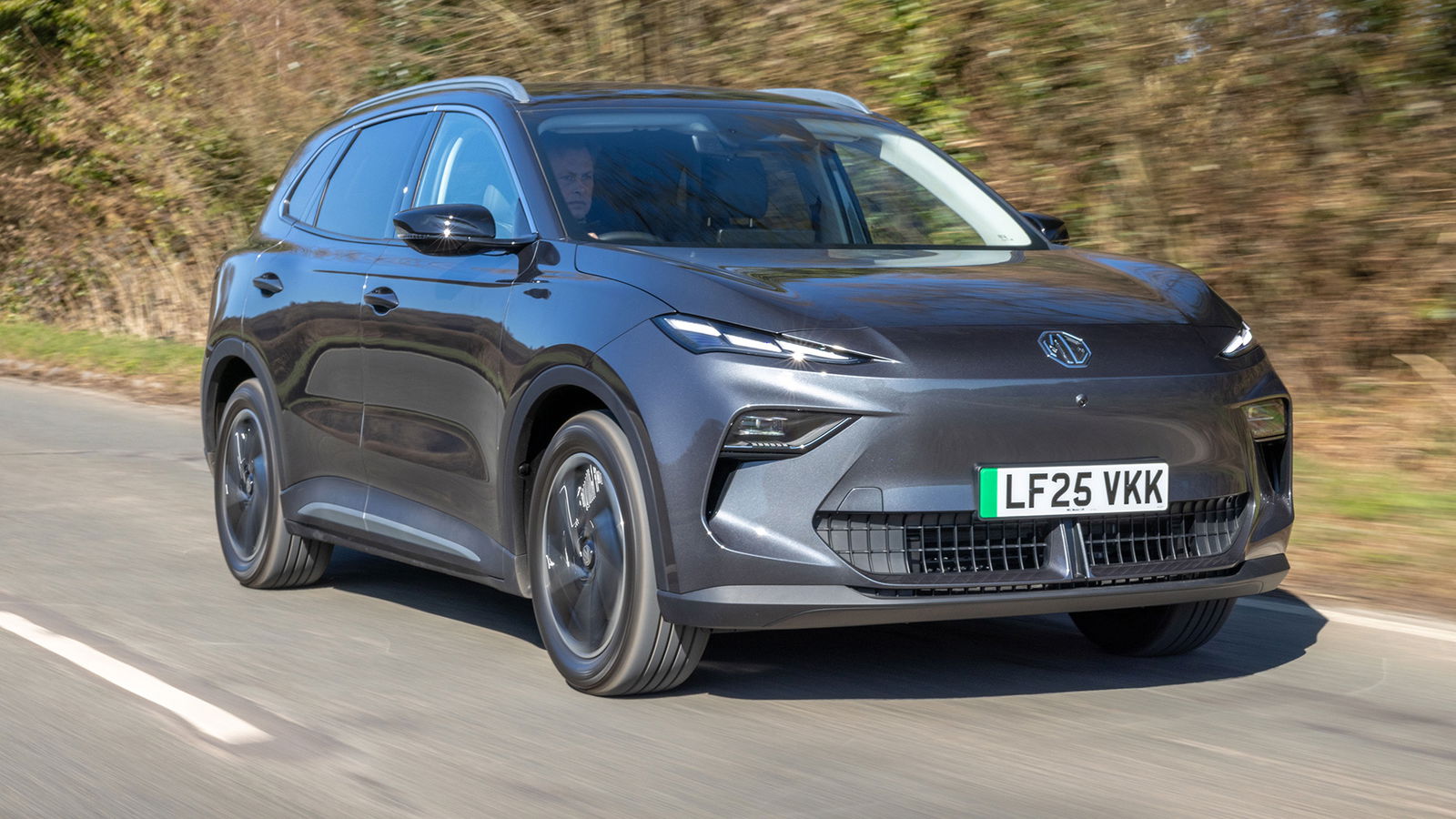
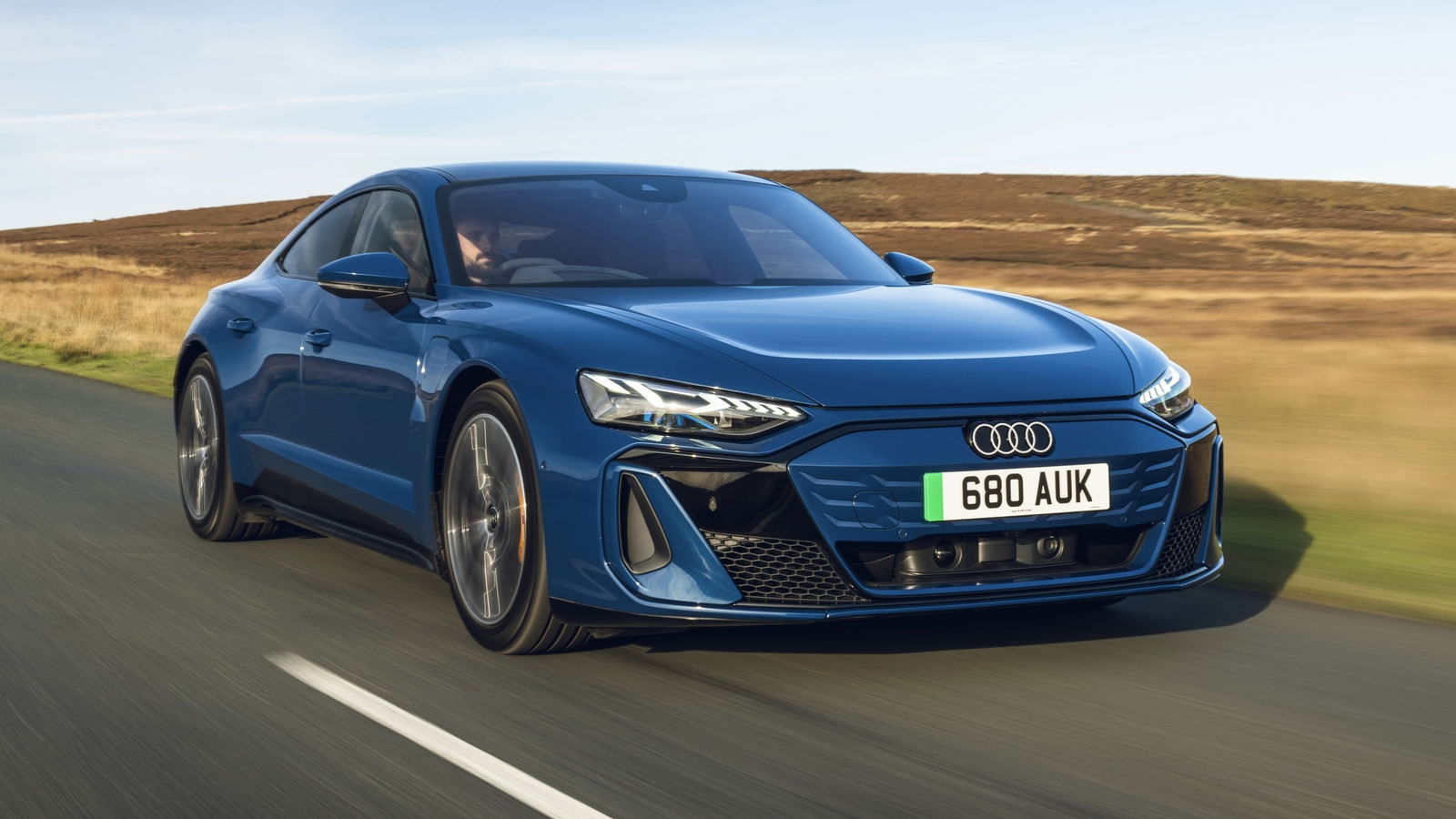











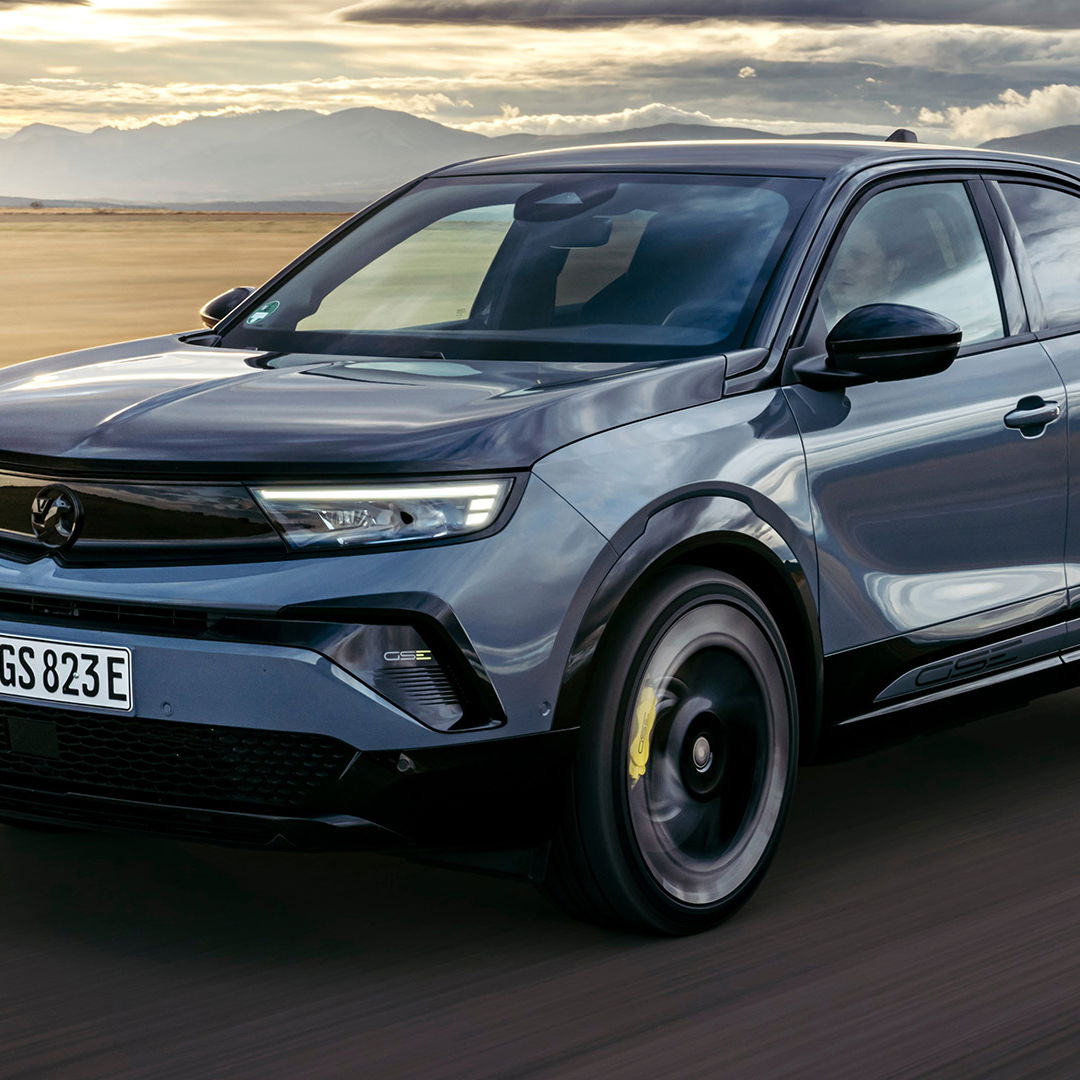
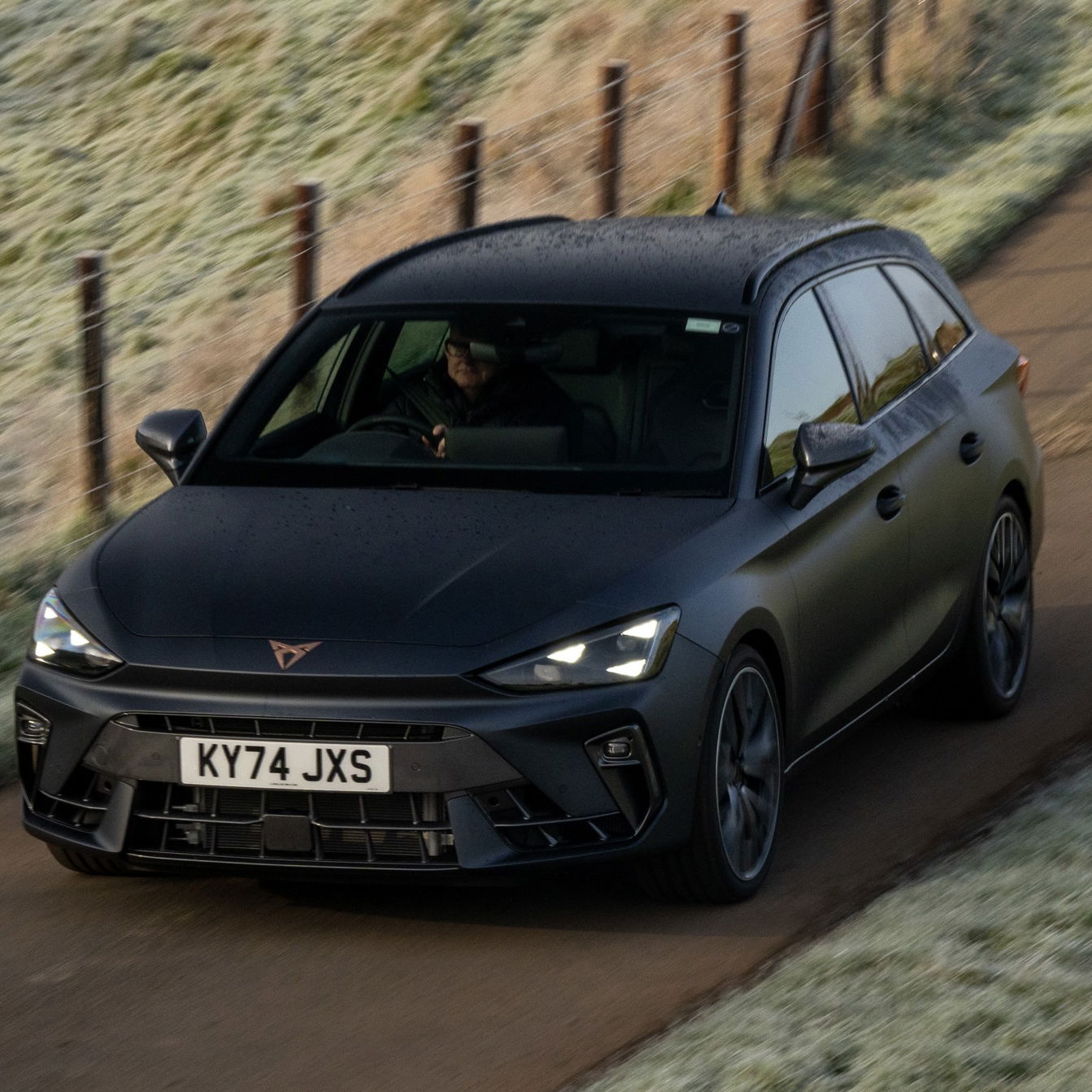
Comments